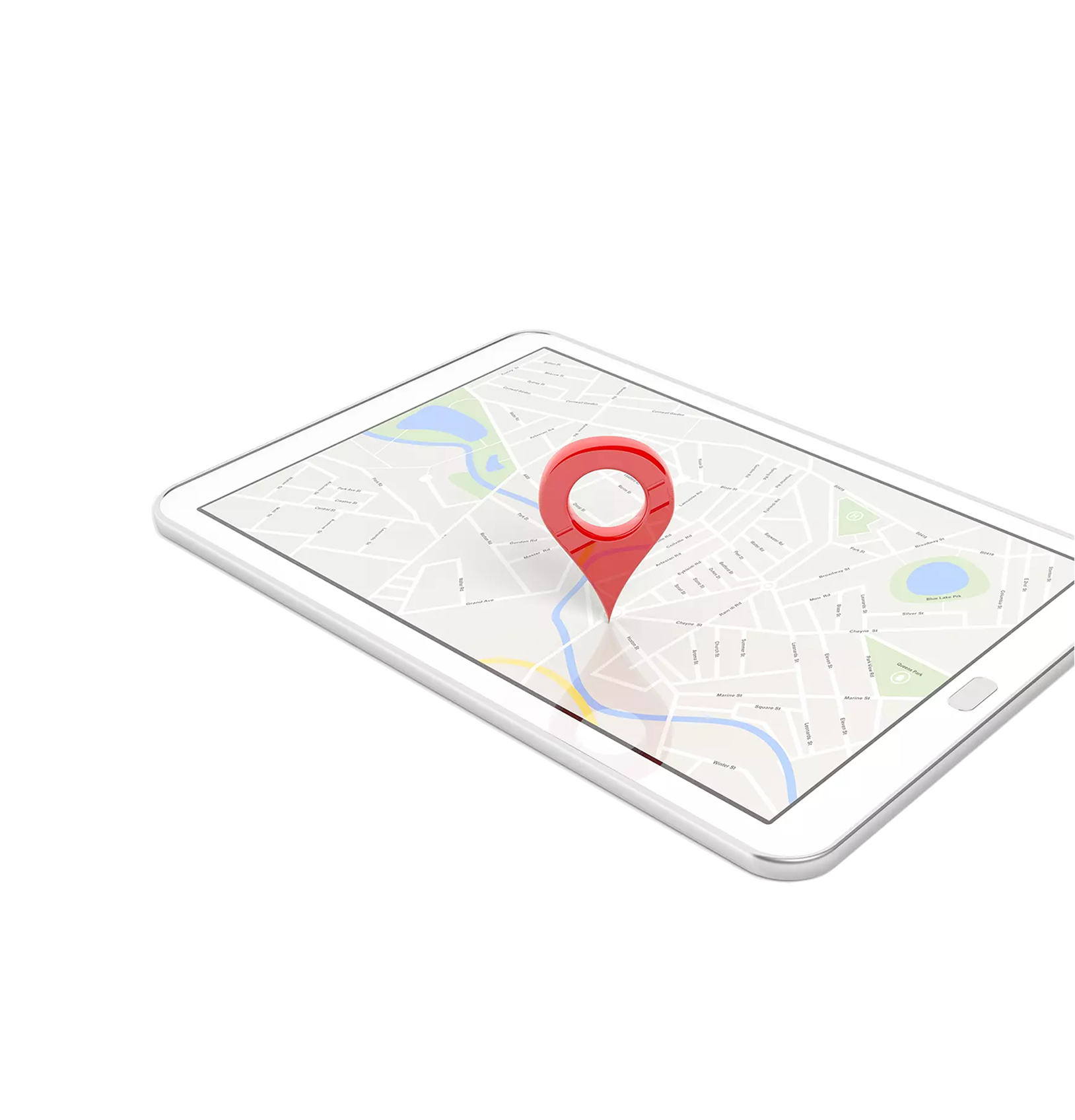Plan. Do. Check. Act. Four Steps to Achieving a Cycle of Continuous Improvement in Logistics
Plan. Do. Check. Act. Four Steps to Achieving a Cycle of Continuous Improvement in Logistics
Plan. Do. Check. Act. Four Steps to Achieving a Cycle of Continuous Improvement in Logistics
14 Dic 2021
 Jim Endres | Regional Account Director
Jim Endres | Regional Account Director
Many of the world’s largest corporations work on a PDCA model of continuous improvement. Companies like Nestle, Lockheed Martin and Toyota all follow the tenets of PDCA, which stands for Plan Do Check Act (or Adapt). The theory behind it has to do with optimizing current processes by identifying an issue, finding the cause, and correcting it. The continuous improvement model is a process that focuses on the continual improvement of services and the processes to provide them.
For logistics companies like yours, this model may be the key to standing out from the competition. The reason you need to implement a PDCA model is that it not only improves existing processes, but it helps you execute workable changes to your daily logistics operations.
How can you achieve this type of improvement in your transportation company?
The solution is simple—by using advanced route optimization software. In this article, we will examine each of the four steps of the PDCA cycle and see how your logistics company can meet them.
1. Plan
In the planning stage of the cycle, you want to define the problem or process you want to improve. Let’s say that you want to improve driver performance and keep your staff happy. Right now, you are having trouble meeting Hours of Service (HoS) regulations, and your drivers have been grumbling. You know you need to improve the situation now before your drivers go elsewhere.
In this case, there is no measurable metric for the driver satisfaction component, other than retaining them. But what you can measure is driver performance, using routing software combined with in-cab telematics. There are three steps to the plan aspect of the cycle.
Identify the issue. In this case, your drivers are on the road longer than planned.
Set measurable targets. You want to avoid non-compliance fines and get your drivers on a predictable schedule.
Prepare an action plan. This could be a pilot test in which you try out different methods of correcting the issue.
With advanced routing software, you can perform a number of “what if” scenarios to see how changing different factors can improve your operations. For example, look at adjusting your driver shift patterns or flexing customer delivery time windows thus giving more flexibility. Let your drivers give their feedback, as well. Your long-time drivers know the routes and the customers. Listen to their suggestions because that information is invaluable.
2. Do
In this phase of the PDCA scheme, you are going to examine your planned routes and how they work in real-life scenarios.
In the previous section, we talked about improving driver performance. The key factors you want to examine here are daily miles, duty time and time window adherence. When your drivers return after their shifts, you’ll want to do a daily debrief--or a post virtual ride along--to discuss the planned route versus the actual route.
For instance, you might ask your driver why they were idling for half an hour at a certain stop. Your driver tells you that a particular customer always keeps them waiting in line for delivery. Armed with that information, you can get your sales and service team to discuss options with the customer about setting up a better arrival time so that your driver can make their drop-off and be on their way.
When you do the debrief, be sure that it is a conversation. You want to get information, not interrogate the driver. They are out there in the trenches every day, so you want to get ideas on how variances from the initial plan can be incorporated to create a more efficient plan next time. Your drivers are the key to achieving the continuous improvement loop.
3. Check
The check stage of the cycle is crucial. You will analyze data, clarify your plan, avoid recurring errors and apply the continuous improvement principles directly to improving driver performance. In this case, create driver scorecards.
With route optimization software, you’ll get a daily driver activity report. Aptean’s routing software can be customized to fit your needs and adapt reporting to your requirements. A typical driver scorecard will include information from the in-cab telematics system, as well as dashboards. Each driver is rated on a scale and the system generates a report showing details on each driver. You’ll get comprehensive information on every aspect of a driver’s on-the- road performance, including:
Idling time
Harsh braking events
Excessive speeds
Miles driven
Duty and drive time
Once you have the data compiled, it’s up to you how you want to use the scorecards. For example, if your main focus is in improving on-time deliveries, you’ll want to look at customer time window adherence, hours driven, stop time, mileage and idling time and figure out ways to adjust those metrics. You could post results in the break room and offer incentives to top-performing drivers. Not only will this encourage top performers, but it creates a healthy competition among your team that will motivate struggling drivers to improve.
4. Act
In the act segment, the challenge is simple—keep the feedback loop going. This isn’t just about the drivers, although they are a key component. You need to get reactions from your customers. Talk with the office team and discuss options with both the dispatchers and the planners. Get opinions from your sales reps. Every day things are going to change. With advanced routing software, not only are you aware of those variations, but you also can make actionable alterations to your routes so that you reduce costs and improve operational efficiencies.
It’s also a good idea to conduct an annual audit of your systems and processes. You want to make strategic changes to enhance business performance. Keep encouraging your team to provide additional details and real-world information. Incorporate this data into your route plans and make adjustments as necessary. After each shift, have friendly debriefs with your drivers. Once you add in the power of telematics, real-world information and driver input, you’ll have the insights you need to make realistic, achievable delivery routes; improve driver schedules; and please your customers.
In this article, we focused on driver performance metrics, but advanced routing and scheduling software can improve every part of your transportation operations.
To find out more about how our purpose-built routing and scheduling software, Aptean Routing & Scheduling, can put you on the path to success, reach out now. We’d love to talk.
¿Todo listo para transformar tu negocio?
Reserve una demostración en el momento que más le convenga y descubra cómo puede gestionar una operación logística más ágil, con menos sorpresas y más control.



